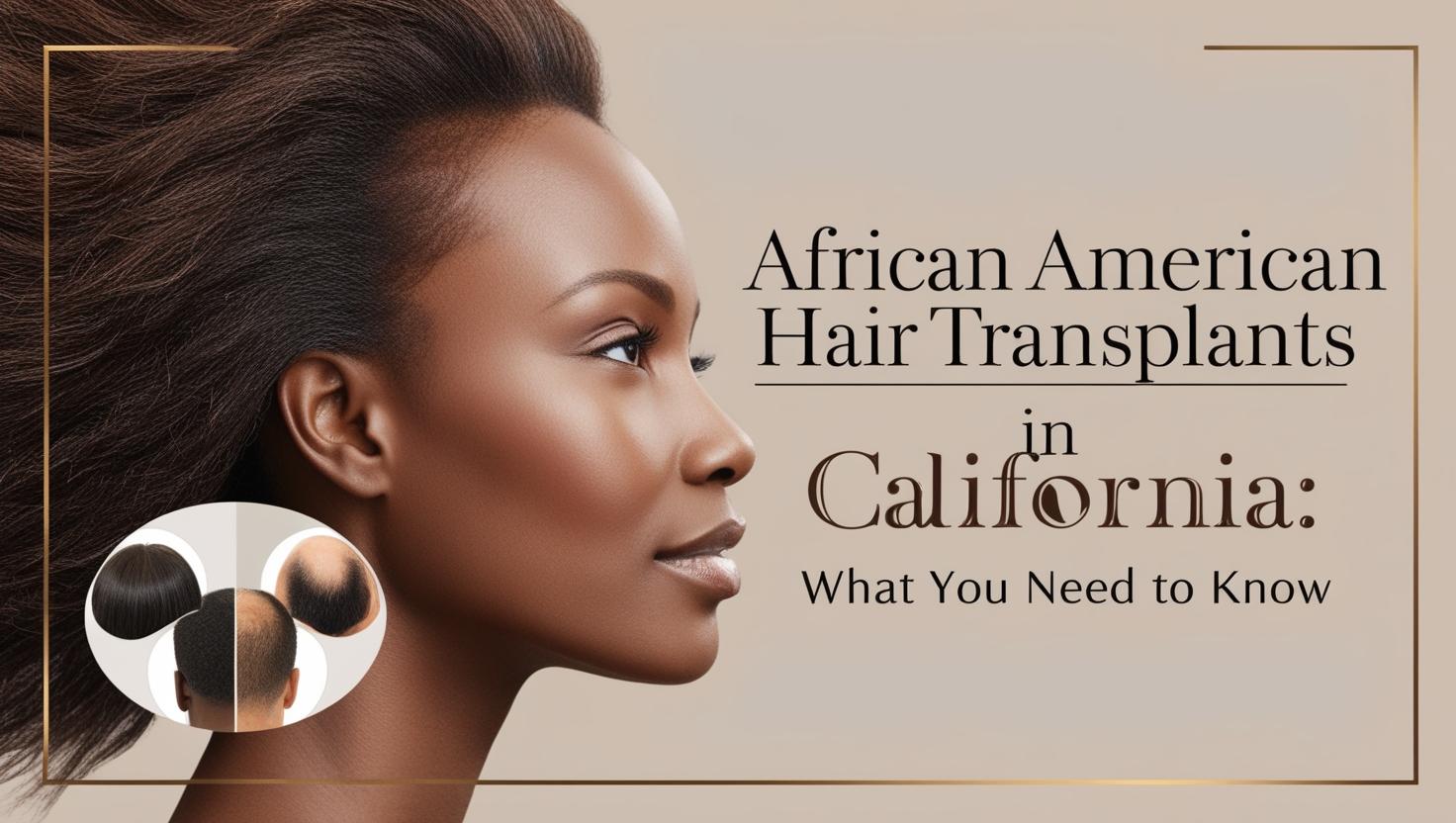Hair loss is often associated with men, but it’s a significant issue for women as well. The American Academy of Dermatology estimates that 40% of women experience visible hair loss by the age of 40. For many women, excessive hair loss can have a profound impact on their self-image and confidence. Understanding the causes, types, and treatments for female hair loss is crucial for finding effective solutions.
Types of Female Hair Loss
Female hair loss can manifest in several ways. Here are the four primary types:
1. Female-Pattern Baldness
Female-pattern baldness, also known as androgenetic alopecia, is the most common type of hair loss in women. It is characterized by a gradual thinning of hair on the scalp, typically starting where women part their hair and on the top-central area of the head. Unlike male-pattern baldness, which often begins with a receding hairline, female-pattern baldness usually manifests as diffuse thinning across the top of the scalp.
2. Alopecia Areata
Alopecia areata is an autoimmune condition where the immune system attacks hair follicles, leading to sudden patchy hair loss. This results in one or more circular bald patches that can appear on the scalp or other parts of the body. While the exact cause of alopecia areata is unknown, it is believed to involve a combination of genetic and environmental factors. The condition can be unpredictable, with hair growing back in some cases and falling out in others.
3. Traction Alopecia
Traction alopecia occurs when hair is pulled tightly in styles like braids, cornrows, or pigtails. The constant tension can damage hair follicles and lead to permanent hair loss if not addressed. This type of hair loss is preventable by avoiding tight hairstyles and giving the hair follicles a chance to recover.
4. Frontal Fibrosing Alopecia
Frontal fibrosing alopecia is a form of scarring alopecia that primarily affects older women. It involves a progressive, often symmetrical receding hairline. The exact cause is unknown, but it may be related to hormonal changes or an autoimmune response. Early diagnosis and treatment are crucial to prevent further hair loss.
Signs and Symptoms of Women’s Hair Loss
Recognizing the signs of hair loss early can help in seeking timely treatment. Common symptoms include:
- Gradual Thinning on Top of the Head: This is the most common sign of hair loss in both women and men as they age. Women may notice a broadening of the part in their hair or a receding hairline.
- Patchy or Circular Bald Spots: These spots may appear on the scalp, eyebrows, or other areas of the body. The skin in these areas might feel itchy or painful before the hair falls out.
- Sudden Loosening of Hair: Hair may come out in handfuls when combing or washing it. This type of hair loss usually causes overall hair thinning rather than bald patches.
- Full-Body Hair Loss: Certain medical treatments, such as chemotherapy, can result in hair loss all over the body. This hair usually grows back after the treatment ends.
Causes and Risk Factors for Female Hair Loss
Several factors can contribute to hair loss in women, including:
- Genetics: A family history of hair loss can increase the likelihood of female-pattern baldness.
- Nutritional Deficiencies: Poor diet and significant weight loss can lead to thinning hair. Deficiencies in essential nutrients like iron, vitamin D, and protein can contribute to hair loss.
- Hormonal Changes: Events like pregnancy, childbirth, menopause, and thyroid problems can cause hair loss. Hormonal imbalances, such as those related to polycystic ovary syndrome (PCOS), can also affect hair growth.
- Medical Conditions: Conditions like PCOS, lupus, and other autoimmune diseases can lead to hair thinning or loss.
- Medications and Supplements: Certain drugs, including those used for cancer, arthritis, depression, heart problems, and high blood pressure, can cause hair loss as a side effect.
- Stress: Severe physical or emotional stress can trigger hair loss. Events such as surgery, illness, or a significant life change can lead to a temporary condition known as telogen effluvium, where more hairs than usual enter the resting phase and fall out.
Addressing Hair Loss in Women
For serious hair loss issues, simply covering up the problem with wigs or hairpieces may not be enough. Seeking the services of a professional hair restoration specialist can provide a more permanent and satisfying solution.
Hair Transplant Surgery
A specialist can perform hair transplant surgery, which involves moving hair follicles from a part of the scalp with ample hair (the donor area) to the thinning or balding areas (the recipient area). This can create a natural-looking hairline and increase hair density. There are two main types of hair transplant techniques:
- Follicular Unit Transplantation (FUT): This method involves removing a strip of scalp from the donor area and then dissecting it into individual follicular units to be transplanted.
- Follicular Unit Extraction (FUE): This technique involves harvesting individual hair follicles directly from the donor area using a specialized tool.
Both methods have their advantages and can be chosen based on the patient’s needs and the surgeon’s recommendation.
Non-Surgical Treatments
Non-surgical treatments can also be effective in treating hair loss and promoting hair growth:
- Minoxidil (Rogaine): An over-the-counter topical treatment that can help stimulate hair growth and slow down hair loss.
- Prescription Medications: Finasteride (Propecia) is an oral medication that can help prevent further hair loss in some women.
- Low-Level Laser Therapy (LLLT): This treatment uses laser light to stimulate hair follicles and promote hair growth.
Seeking Expert Help in San Francisco
If you’re experiencing hair loss and are looking for effective treatments, it’s essential to consult with a skilled hair restoration specialist. Dr. John Diep at Medical Hair Transplant & Aesthetics in San Francisco and Los Gatos offers advanced hair transplant techniques and procedures that deliver outstanding results. Recognized by Newsweek Magazine as one of the best hair loss doctors, Dr. Diep is dedicated to helping patients regain their confidence with natural-looking hair restoration.
Before and After Gallery
Seeing real-life results can provide reassurance and confidence in your decision to seek treatment. Check out these before and after images and videos of women who have undergone hair restoration procedures:
Before and After Images:

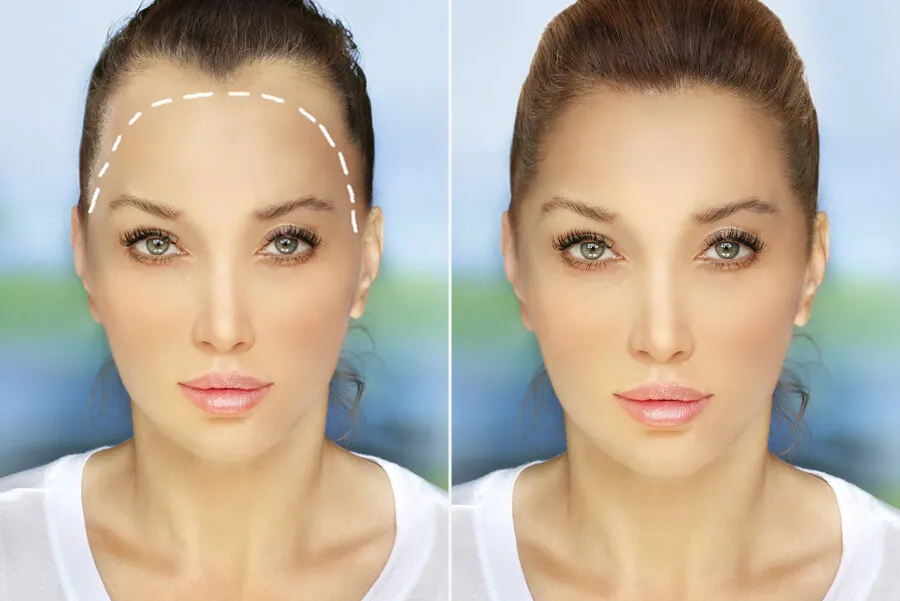
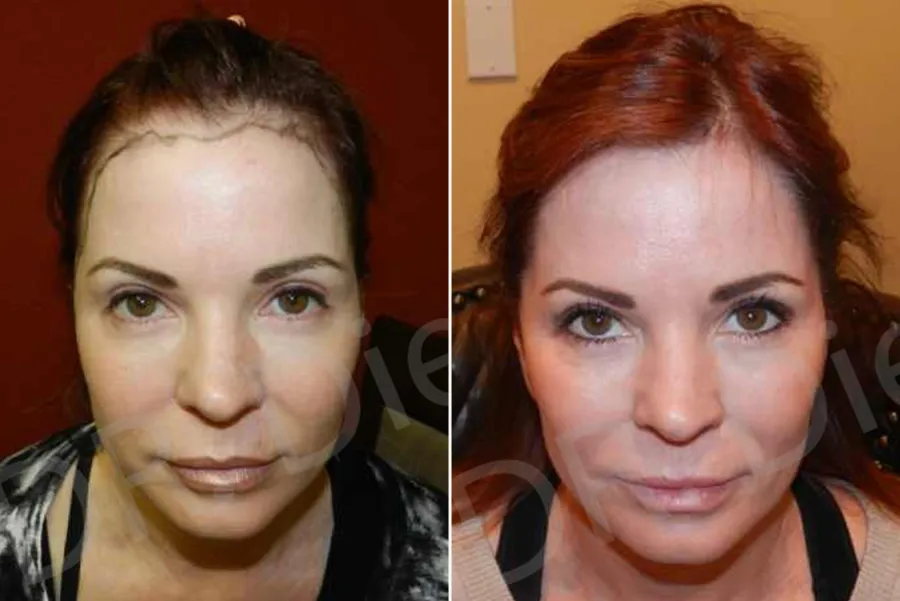
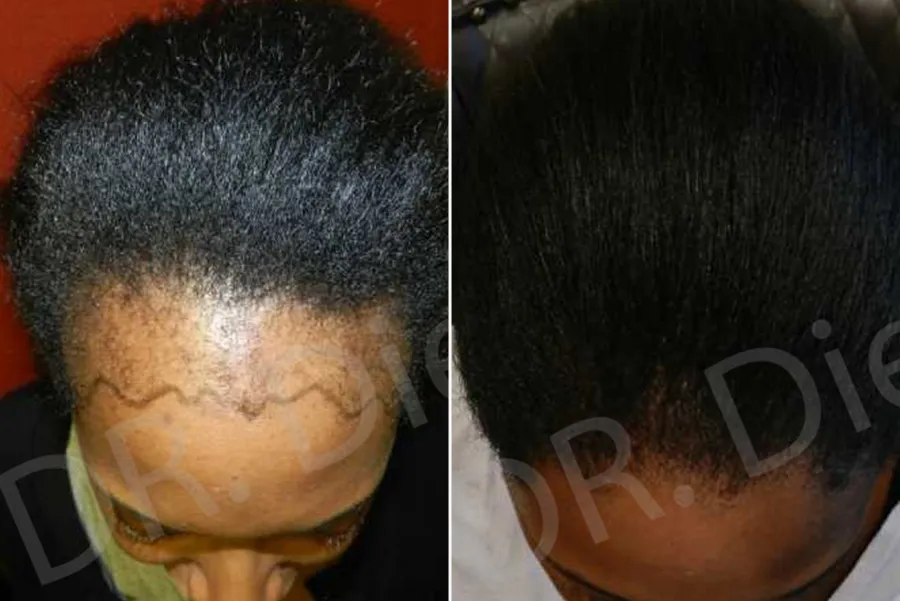
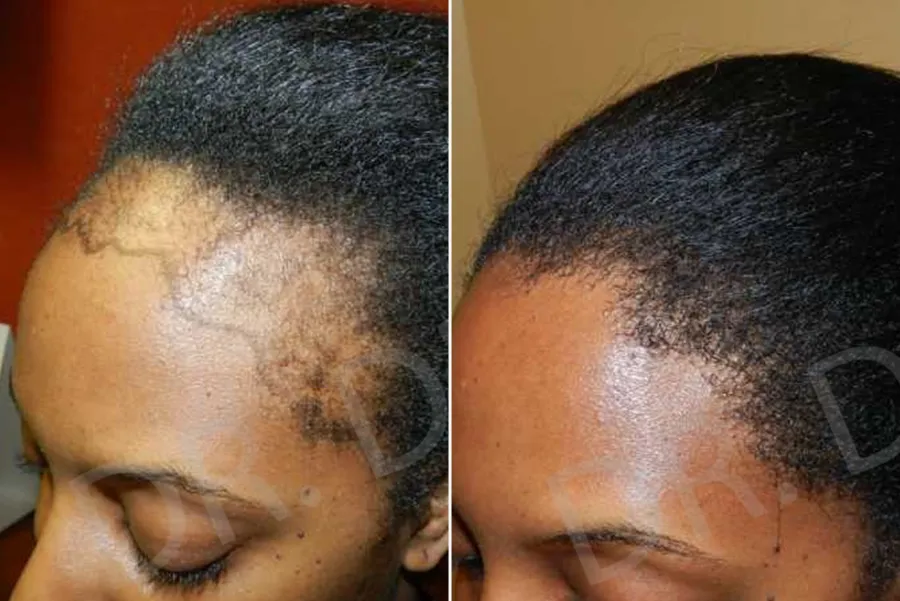
Before and After Videos:
Final Thoughts
Understanding the different types and causes of female hair loss is the first step toward finding the right treatment. If you’re facing hair loss, don’t hesitate to seek professional help. Contact Medical Hair Transplant & Aesthetics for a consultation and start your journey toward restoring your hair and confidence today.

